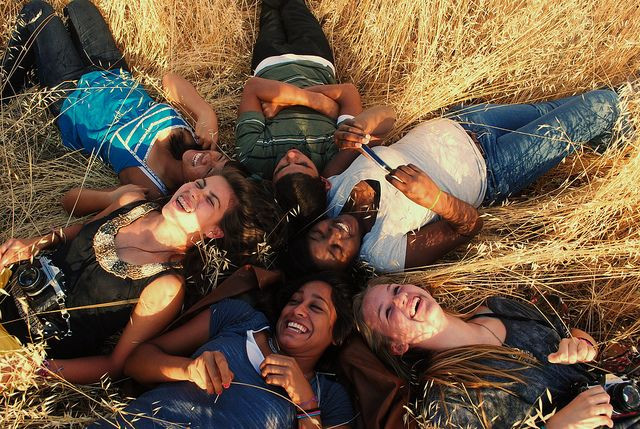‘The Cheerleader Effect’ Confirmed: People In A Group Are More Attractive Than People Alone, Study Finds

Barney Stinson on How I Met Your Mother might have been right. Dubbed the “cheerleader effect,” a new study confirms Stinson’s theory: that people are more likely to be considered attractive if they’re in a group of people rather than alone.
Researchers from the University of California, San Diego wrote in their abstract that they believe the increased perception of attractiveness stems from three cognitive phenomena, noting that viewers of a group automatically visually ‘compute’ an averaging of the faces all together. “Individual members of the group are biased toward this ensemble average,” the abstract states. They also claim that average faces are more attractive, possibly because of an averaging out of “unattractive idiosyncrasies.”
“Perhaps it’s like Tolstoy’s families: Beautiful people are all alike, but every unattractive person is unattractive in their own way,” Drew Walker, a psychological scientist who completed the study, said in a press release.
The researchers tested over 130 undergraduate students over five experiments. Participants were shown pictures of some 100 people, and asked to measure their level of attractiveness. Some photos had people in group shots, while others were single portraits. The researchers found that across the board, both males and females found people in group settings more attractive than people pictured alone -- and when someone is seen in a group, perceptions of their attractiveness level may be boosted from 49th percentile to the 51st percentile, the scientists state.
“The effect is definitely small, but some of us need all the help we can get,” Edward Vul, the second author of the study, said jokingly in the press release.



























